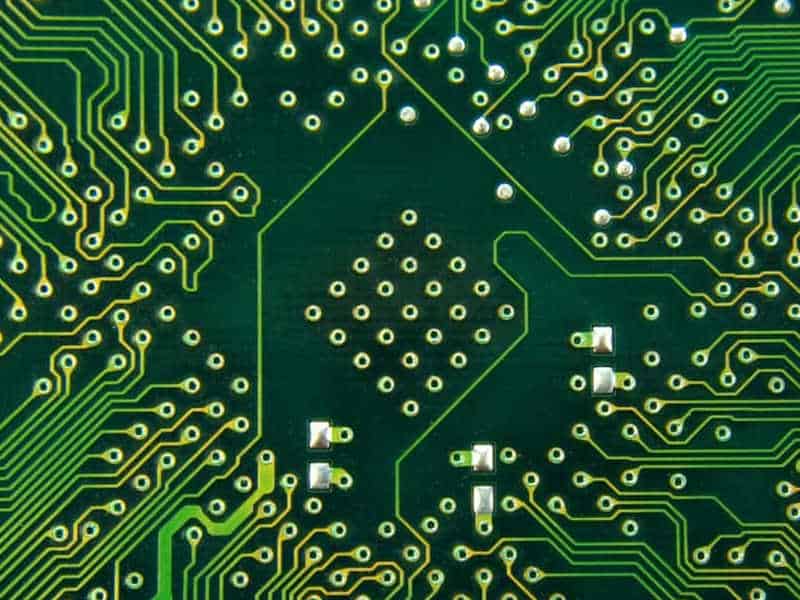PWB board: is the abbreviation for Printed Wire Board in English, officially translated as Printed Circuit Board, which was an early British term. At that time, circuit boards only had circuit diagrams and no printed components, so they belonged to a relatively primitive type of board; Due to tradition, many British and some Hong Kong people also refer to circuit boards as PWBs.
PWB and PCB generally refer to insulated substrates with patterns of conductors arranged on the surface and inside. PWB itself is a semi-finished product that functions as a substrate for carrying electronic components. Connect through conductor wiring to form a unit electronic circuit and utilize other circuit functions.
PCB: is the abbreviation for Printed Circuit Board in English, and the official translation is printed circuit board, printed circuit board, or printed circuit board; Including printed circuit graphics and printed components.

PCB refers to the entire substrate of a PWB equipped with electronic components, which is a printed circuit board. In most cases, they are usually treated as synonyms without distinction. There are differences between PWB and PCB in some cases. For example, PCB sometimes refers to the use of simple printing on an insulating substrate to form circuits, including electronic components, that can be integrated into one; PWB emphasizes the carrier function of carrying components, either to form actual circuits or to form printed circuit board components. Usually referred to as printed boards.
We often use abbreviations and acronyms, especially in electronic design and circuit board manufacturing departments; Therefore, it is essential to understand this acronym. The most commonly used terms in electrical equipment manufacturing are PWB and PCB. These two definitions have even sparked discussion, as these terms are sometimes interchangeable in the electronics industry.
The difference between PWB and PCB:
PWB refers to a circuit board in electronic devices that does not have a circuit, utilizing an epoxy glass substrate and without any printed components. This is an earlier technology that provides a conductive insulation surface between conductive wires by etching the material during the production process to create a connection. It includes manually drawing and etching the circuit to the circuit board and connecting the components from point to point according to the specified design, to generate electronic circuits that can be used to manufacture electronic equipment.
On the other hand, PCB technology is more advanced, involving the use of computers to design and create circuits on circuit boards. PCB manufacturing typically uses insulated boards with interconnecting wires. Then the components are printed point-to-point on the dielectric substrate according to the predetermined design. The size and spacing of wires profoundly affect the operation of circuits, not just point-to-point connections.
PCB assembly may be more complex and component intensive than PWB assembly. It consists of components connected by conductive tracks, solder pads, and other features, which are etched from copper sheets and laminated onto non-conductive substrates.
What materials are used for printed circuit boards and multicircuit boards?
PCB and PWB are composed of various components made of different materials. Due to their similarity in design, you can also find similar materials, including conductive and non-conductive layers. Usually, conductive layers facilitate signal transmission, while non-conductive layers serve as electrical isolation. However, it is worth noting that the materials used to manufacture PWBs and PCBs vary greatly depending on the application.
Conductive layer
Copper, silver, and gold are commonly used PCB materials that provide signal transmission channels for conductive layers. Although gold has the best conductivity and the smallest resistance, its cost of expansion limits its application. Copper is beneficial for most applications because it is more economical, has strong conductivity, and has other advantages. Copper rails can be directly applied to circuit boards through etching processes, or pre-made copper foil strips can be glued to the circuit board.
Nonconductive layer
The non-conductive layer is composed of low-conductivity substances. This layer typically uses FR-4, a composite epoxy material and ceramic. Manufacturers typically use FR-4 in a series of changes to improve their dielectric properties. On the other hand, ceramic design substrates have become an ideal choice for high-power applications due to their increased thermal conductivity.
Manufacturers use many different materials to manufacture, providing varying degrees of insulation and thermal conductivity, but common elements include fiberglass or plastic, copper tracks for electrical paths, adhesives for fixing components together, and protective coatings against dust and moisture. The selection of materials depends on the expected use of the circuit board and the requirements of the electronic components it will support.
Application and how it affects your choice between PWB and PCB
PWB serves as the foundation and framework for components connected by hand or cable. It can include welding, crimping, splicing, or other wiring methods. Due to its ability to move and rewire over time, it is easy to make design changes without replacing the entire circuit board. Therefore, in projects where flexibility is a key factor, roller boards are preferred.
On the other hand, PCB architecture adopts automated processes such as etching and electroplating. These components are installed directly on the circuit board instead of being wired separately, allowing for the connection of more components in a much smaller space than PWB. This makes them more reliable as there is no need to worry about loose connections due to wear and tear. However, making changes to the PCB design requires a complete replacement of the circuit board, as all components are permanently embedded within it. PCB is suitable for projects that require high precision and repeatability, requiring minimal maintenance over time. The key point is that because PCBs can support more complex circuits and a wider range of components, they are more advanced and versatile than PCBs.
In the field of consumer electronics, the terms PWB board and PCB are sometimes interchangeable. They are both types of electronic circuits used to support and connect electronic components. They are an integral part of any electronic device; However, when it comes to completing circuits, they have different purposes.